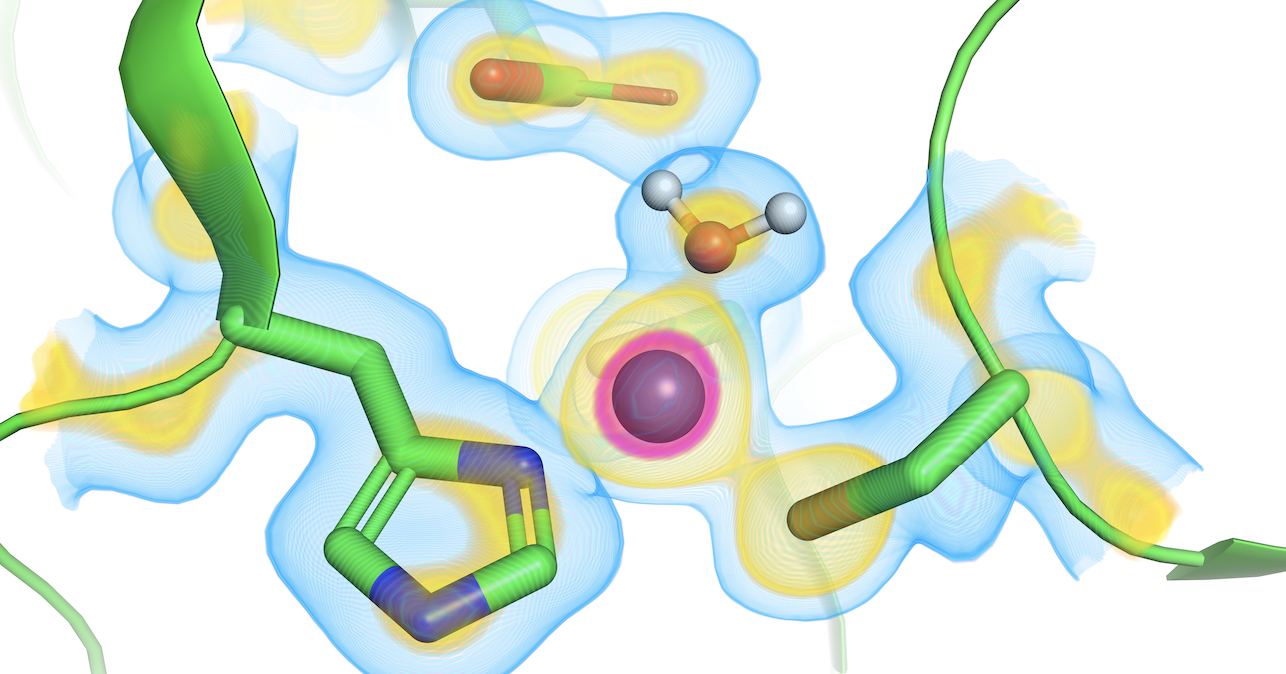
Reporting by Helen Hill for MGHPCC News
MGHPCC industry partner Silicon Therapeutics’ innovative research uses the Center’s facilities to host its physics-based simulation platform for advanced drug discovery and design.
Silicon Therapeutics, a fully integrated physics-driven drug discovery company, is one of several Massachusetts-based biotechnology companies now partnering with the Massachusetts Green High Performance Computing Center (MGHPCC) to capitalize on the Center’s pre-eminent research computing facilities.
Simulating biological systems at the atomic scale reveals important information about drug targets. Silicon Therapeutics is using their proprietary physics-based simulation platform to advance therapeutics toward curative outcomes for patients with currently unmet medical need, with a particular focus on innate immunity in cancer and inflammation. Their initial drug discovery program has produced first-in-class small molecule STING agonists that shows activity across all known isoforms of the human STING protein and demonstrate potent anti-tumor activity in vivo.
"At Silicon, we are running massive simulations based on quantum mechanics and molecular dynamics to design novel molecules for previously undrugged targets,” explains Dr Woody Sherman, the company’s CSO. “We also run simulations to determine the effect of disease-driving genetic mutations on protein conformation and how that relates to functional activity, which allows us to devise our drug design strategy for key biological targets."
Biological molecules such as proteins are constantly in motion in a complex environment consisting of water, cofactors (chemicals that assist enzymes during the catalysis of reactions), ions, and other biological molecules. In many cases, the dynamic nature of proteins is essential for their function. Sherman says, "The physics-based simulation platform we have developed closely represents the real dynamic nature of protein targets, enabling us to gain deep insights into the biomolecular recognition process associated with targets that were previously considered ‘undruggable’."
Silicon Therapeutics’ current high-performance computing (HPC) platform is comprised of both internal and cloud resources, however, most of the company’s drug discovery workloads run on Neo, a cluster with more than 300 GPUs and over a thousand CPUs housed in five racks at MGHPCC. Neo’s first-generation nodes have Intel Xeon processors for a total of 16 cores and 64 GB of memory. The more recent nodes have Intel Skylake processors, with 16 cores and 96 GB of memory. Altogether, the system has almost 3 petaflops of peak single-precision performance from almost a million Nvidia GPU cores for running CUDA and OpenCL jobs. Neo runs Ubuntu OS and utilizes Slurm for job scheduling.
“It has been a pleasure to work with MGHPCC,” says Sherman. “It is a state-of-the-art research computing facility run by HPC veterans who know the challenges associated with executing big workloads. In addition, housing dedicated computing resources at the MGHPCC has allowed us to scale our compute infrastructure to the level needed to maximally impact our drug discovery projects.”
The first drug discovery project at Silicon Therapeutics has focused on STING (Stimulator of Interferon Genes), a master regulator of type I interferons and a key mediator of innate immunity. Activation of STING provides two critical anti-tumor features:
Using its platform, Silicon Therapeutics has successfully designed first-in-class small molecule STING agonists that show activity across all known isoforms of the human STING protein and demonstrate potent anti-tumor activity in vivo. Using their physics-driven discovery engine, plus cutting-edge capabilities in biology, chemistry, and biophysics, Silicon Therapeutics has developed small molecule agonists of STING that exhibit activity across all known isoforms of the human protein. When dosed via intravenous administration our small molecule STING agonists show potent anti-tumor activity in mice bearing syngeneic tumors.
Other drug discovery projects in the Silicon Therapeutics pipeline can be found on their website: https://silicontx.com/pipeline/